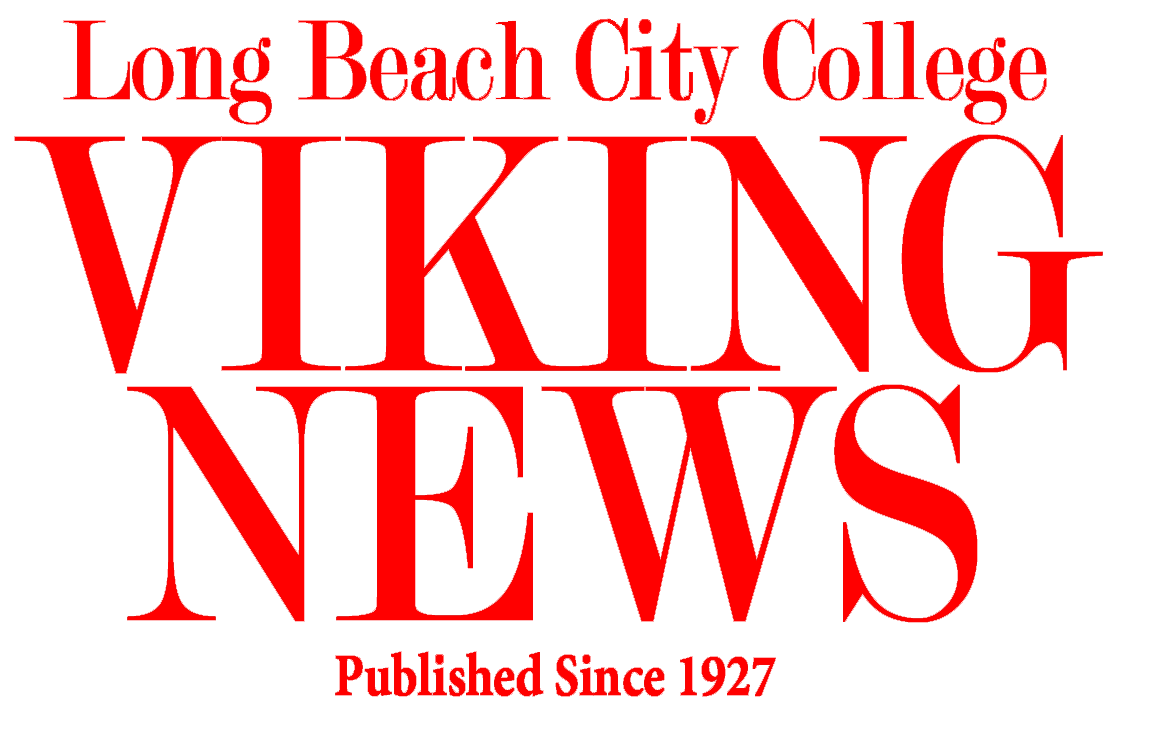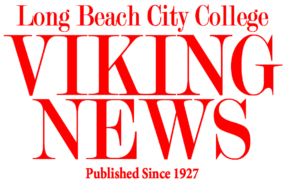On May 14, LBCC hosted a science night event hosted by LBCC’s physical and life science departments. The purpose was to bring interactive and informative presentations on science.
The presentation was a four part event held over multiple hours, and included presentations about volcanoes, mutants, blood types, and dissection.
Professor Doug Britton of the physical science department broadcasted from the Mojave Desert at the SIMA Volcanic fields.
During the presentation, Britton explained the type of volcanoes present at the CIMA Fields. He said, “The CIMA fields volcanoes are a group of 40 cinder cone volcanoes that are geologically young.”
Britton also showed off Hawaiitte, which is a type of rock that forms from magma with a similar composition to that found in Hawaii.
Britton said, “As we look at the overall composition of the magma it allows us to classify it based on what elements are in there.”
The next presentation was about anatomy, hosted by Professor Morgan Roth of the life science department.
Roth began by stating why she likes anatomy and said, “One of my favorite things about anatomy is that we get to do a lot of dissections … you take things that are kind of theoretical like pictures … we get to look at something real.”
During the presentation, Roth played a video of a mink being dissected, she explains that the anatomy of the minx is similar to humans. “There’s actually not many significant changes like there are some small changes… for the most part it’s pretty much the same,” said Roth.
Next, was a presentation on genetics by professor Christopher Davinson from the life sciences department, who likened certain mutations to those seen on the X-men.
One that affects your muscle growth, giving a sort-of super strength is called the hercules gene. Davinson said, “If the gene (MSTN) mutates the Myostatin levels, the protein levels become lower … Which is what leads to the extra muscle growth.”
Lastly, there is Aliana Turkel from Farms Sanctuary whose presentation was about the organization, COVID-19 and the food supply.
Turkel said, “As the nation’s first farm animal and protection organization, Farm Sanctuary… has educated millions of people about the plight of farm animals.”
She also explained how her organization helps animals. Turkel said, “Farms Sanctuary has cared for thousands of animals at its sanctuaries in New York and California.”
Later on, she touched on zoonoses diseases which are diseases transferred between farm animals and humans. She used the example of chicken and turkeys.
“Close contact with domesticated chickens and turkeys remains the most likely source of human infections of influenza,” said Turkel.
This demonstration was a brief dive into the topics that LBCC teaches and how it’s applied in some real world settings. The aim is to make science accessible for people in the community and give attention to the science departments and their respective majors.


